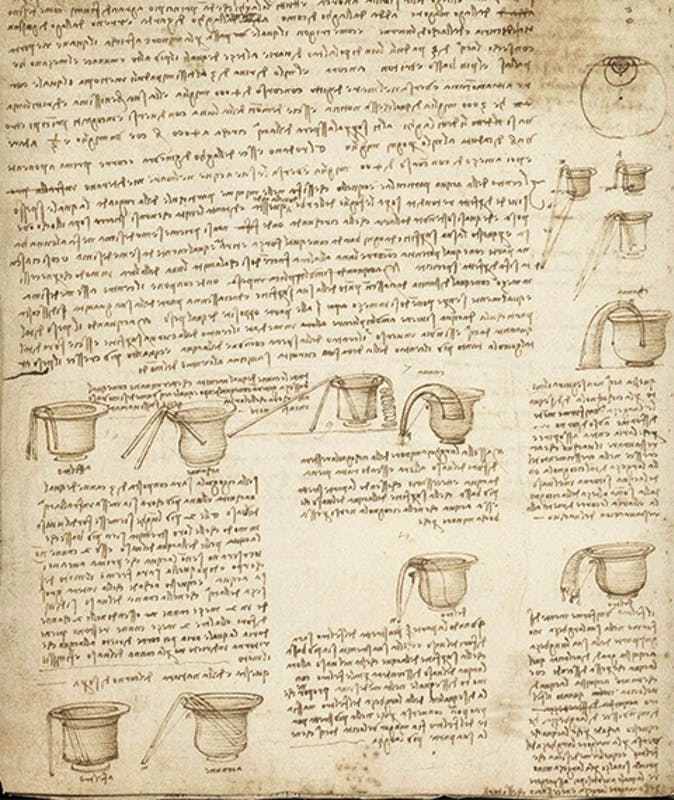Current Exhibitions
Water as Microscope of Nature. Leonardo da Vinci’s Codex Leicester
From October 30th to January 20th, 2019
The Codex Leicester is a world-famous manuscript, that contains ground-breaking thoughts and notes by Leonardo da Vinci, one of the most genius artists and scientists in the history of mankind.
Now this precious and unique collection of writings and drawings on the movements of water, astronomy and celestial light returns to Florence after a quarter of a century – as part of a spectacular exhibition, that will fascinate the visitors as a cultural highlight and multimedia experience. The Water as Microscope of Nature. Leonardo da Vinci’s Codex Leicester exhibition presents more than 80 original pages by Leonardo and other precious manuscripts. It will be open for public in the Aula Magliabechiana of the Uffizi Gallery until January 20, 2019.
This is the Codex Leicester’s second “trip” to Florence. It was last shown in the Sala dei Gigli in Palazzo Vecchio in 1982 – when, within three months, more than 400,000 visitors came to see the exposition.
For complete details, check out the exhibition’s website by the Galileo Museum.

Flora Commedia. Cai Guo-Qiang at the Uffizi
From November 20, 2018 to February 17, 2019

The Uffizi Gallery is also currently hosting contemporary artist Cai Guo-Qiang’s latest solo exhibition, Flora Commedia, which opened on November 20, 2018.
Flora Commedia features in ten interlinked galleries over sixty works of gunpowder paintings that vary in size, in addition to select artist sketches that illustrate the creative process. On November 18 from Piazzale Michelangelo, Cai Guo-Qiang ignited the daytime explosion event City of Flowers in the Sky, inspired by Botticelli’s Renaissance masterpiece Primavera and overlooking the city of Florence, to splendidly unveil the exhibition.
Flora Commedia was born from a visit to the Uffizi Galleries in 2017, which included the Boboli Gardens of the House of Medici, the Pitti Palace, the Department of Prints and Drawings. The artist uses flowers as a vessel to manifest the spirit of the Renaissance: its desires and pleasures, its connection with nature, the awakening of humanity and its new perception of the human body.









